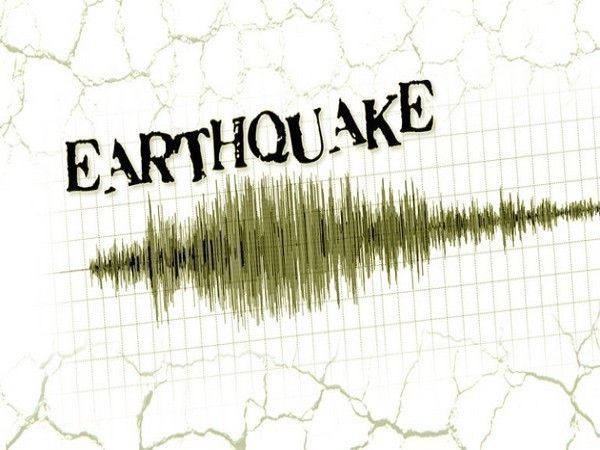Experts find earthquake did not cause structural damages to buildings surveyed in Assam

- Country:
- India
Experts who have surveyed buildings in the state after Wednesday's earthquake of 6.4 on the Richter scale have found mostly non-structural damages in buildings surveyed, according to the Assam Real Estate and Infrastructure Developer's Association (AREA).
The impact of the earthquake however was in the heavy and devastating category with a combination of shallow depth, a short distance from the epicentre and of high magnitude, generating highly destructive seismic forces on buildings, AREIDA President PK Sharma said on Thursday.
Experts who extensively surveyed the earthquake damage, found these were primarily non-structural damage like wall cracks and the load-bearing Reinforced Cement Concrete (RCC) frame withstood the quake well in all buildings inspected, he said.
''Wall cracks and other non-structural damages prove that the RCC frame has performed on expected lines '', he said.
He urged all to act responsibly in dealing with this natural calamity and strongly discouraged spreading panic, which has already been notified as a criminal offence under Section 54 of the National Disaster Management Act 2005.
The entire North East falls under Zone V (five) of the seismic zone which is characterised as a 'very severe intensity zone'.
''Those living in Zone 5 must be aware of the expected behaviour of buildings, during earthquakes as the mandatory norms as laid down by the Bureau of Indian Standards (BIS) Codes are a balance between safety and affordability'', he said.
The norms stipulate that structures should be planned to ensure that in minor earthquakes there is no damage, in moderate earthquakes, there should be no structural damage, other than cracking and damage to non-structural components.
While in heavy and devastating earthquakes, damage to even structural members allowed, but buildings must remain standing with no loss of human lives.
One of the mandatory objectives of earthquake-resistant constructions in buildings is to achieve the required ductility or elasticity of the RCC structure of beams, columns, slabs and foundation giving the building the ability to shake and sway without deformation when subjected to seismic forces, Sharma pointed out.
This enables structures to absorb energy and saves buildings from collapsing during earthquakes, he added.
(This story has not been edited by Devdiscourse staff and is auto-generated from a syndicated feed.)










